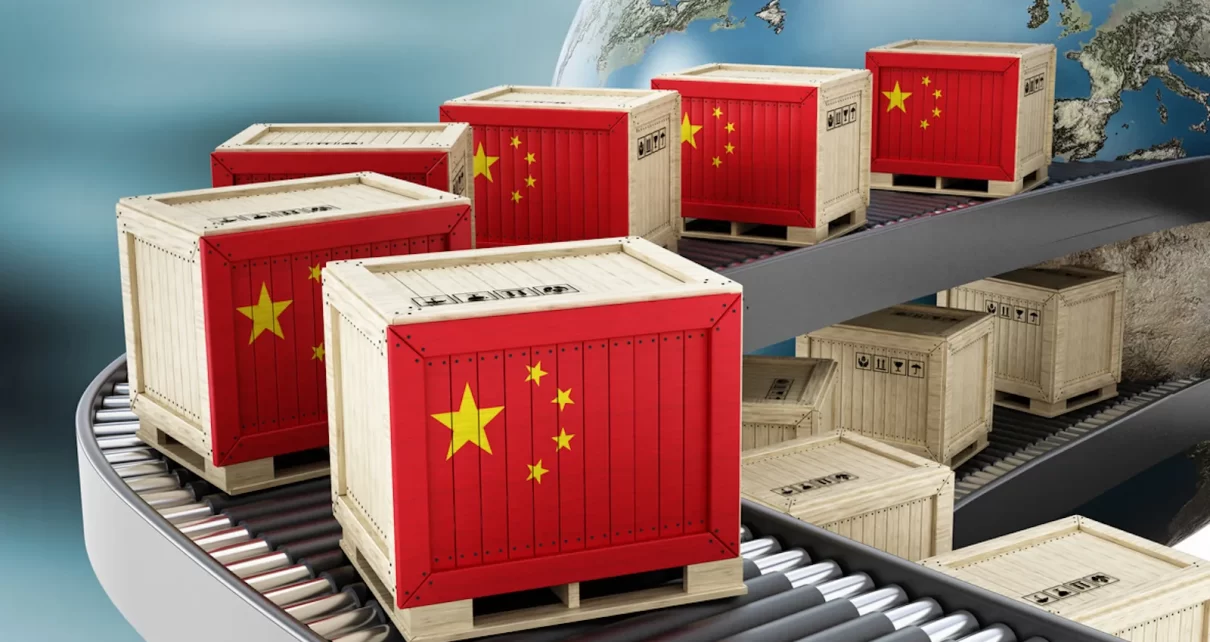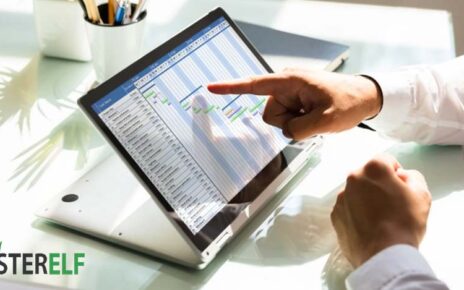China has a complex system of import-export taxes and customs duties, which can vary depending on the type of goods being imported or exported, their value, and their country of origin or destination. Here are some key details about these China export duties and taxes:
Import Tariffs
Import tariffs are taxes that the Chinese government imposes on certain types of goods that are imported into the country. These tariffs are typically calculated as a percentage of the value of the goods being imported and can range from 0% to several hundred percent.
Export Tariffs
The government imposes China export duties on certain types of goods that are shipped from the country. These tariffs are also calculated as a percentage of the value of the goods being exported and can range from 0% to several hundred percent.
Export tariffs are used by the Chinese government to regulate the export of certain goods, such as rare earth minerals, and to generate revenue as well as to encourage the growth of domestic industries and protect them from foreign competition.
Value-Added Tax (VAT)
China’s Value Added Tax (VAT) rate for imported products varies depending on the type of product being imported.
The standard VAT rate in China is 13%, and this rate applies to most goods and services. However, certain goods are subject to a lower VAT rate of 9%, while others may be exempt from VAT altogether.
Additionally, China also imposes an additional consumption tax on certain luxury goods, such as high-end cars and jewelry. The rate of this tax varies depending on the product but can range from 1% to 45%.
Consumption Tax
Some goods that are considered luxury items or harmful to health or the environment are subject to an additional consumption tax in China.
China imposes a consumption tax on certain imported goods. The tax rate varies depending on the type of product being imported. For example, a consumption tax rate of 10% applies to luxury goods such as high-end watches, jewelry, and luxury cars, while 20% applies to sin goods such as tobacco, alcohol, and certain luxury cosmetics as well as 1-30% applies to other goods such as petroleum, coal, and other consumer goods.
Customs Duties
Customs duties are fees that are paid to the Chinese government by importers or exporters to cover the cost of customs processing and inspection. The amount of customs duties vary depending on the type and value of the goods being imported or exported. The duties can be ad valorem (based on the value of the goods) or specific (based on the quantity or weight of the goods).
- For imports, China imposes a range of tariffs depending on the product category, with some products being exempt from tariffs. In addition to the tariffs, some products may also be subject to value-added tax (VAT) and consumption tax.
- For exports, China generally does not impose tariffs on exported goods, but some products may be subject to export duties or other fees.
Exemptions and Preferential Treatment
China offers a range of exemptions and preferential treatment for both exports and imports, which can vary depending on the product, the country of origin, and other factors. Some of the key measures that China uses to promote exports and imports include:
- Tax exemptions and reductions: China provides tax exemptions and reductions for certain exports and imports. For example, China’s value-added tax (VAT) on certain exported goods can be fully or partially refunded, and certain imported goods may be exempt from import duties or subject to reduced rates.
- Tariff-free trade agreements: China has signed several free trade agreements (FTAs) with other countries, which eliminate or reduce tariffs on goods traded between the signatory countries. Some of China’s key FTAs include agreements with ASEAN, Australia, New Zealand, South Korea, and Switzerland.
- Export rebates: China offers export rebates to certain industries, such as textiles, electronics, and machinery, to encourage exports. These rebates can be in the form of cash payments or tax refunds.
- Import quotas and licenses: China regulates imports of certain products through import quotas and licenses, which can limit the number of goods that can be imported and require importers to obtain special permits or licenses.
- Special economic zones: China has established special economic zones (SEZs) in various regions, which offer preferential policies to foreign investors and encourage trade and economic development. These policies can include tax incentives, streamlined customs procedures, and reduced land costs.
Overall, China’s exemptions and preferential treatment for exports and imports are designed to promote trade and economic growth, while also protecting certain domestic industries and promoting strategic interests.
It is important to note that the details of China’s import-export tax and customs duty system can be complex and subject to frequent changes. Businesses and individuals should consult with qualified professionals and stay up-to-date on the latest China export duties regulations and requirements.





